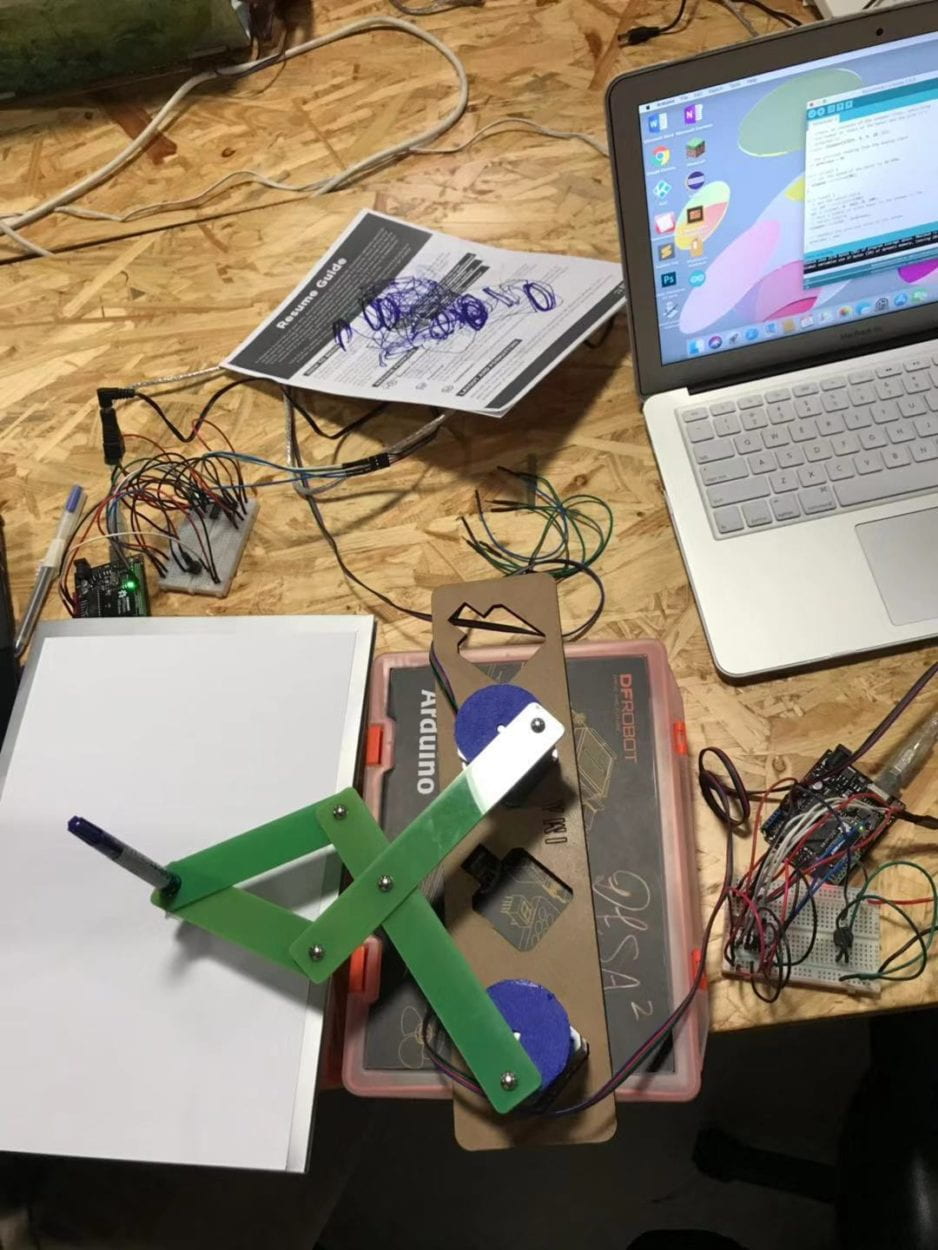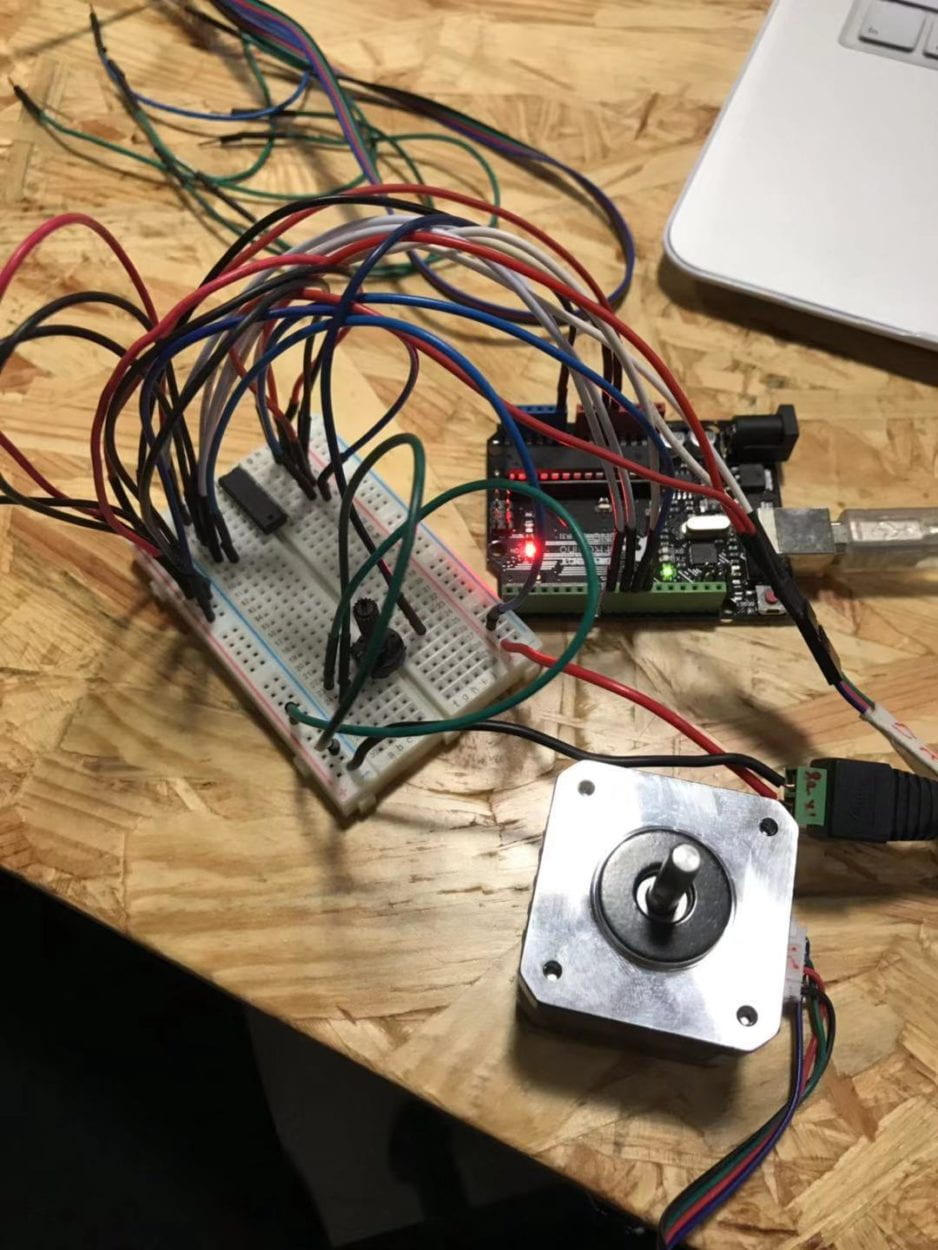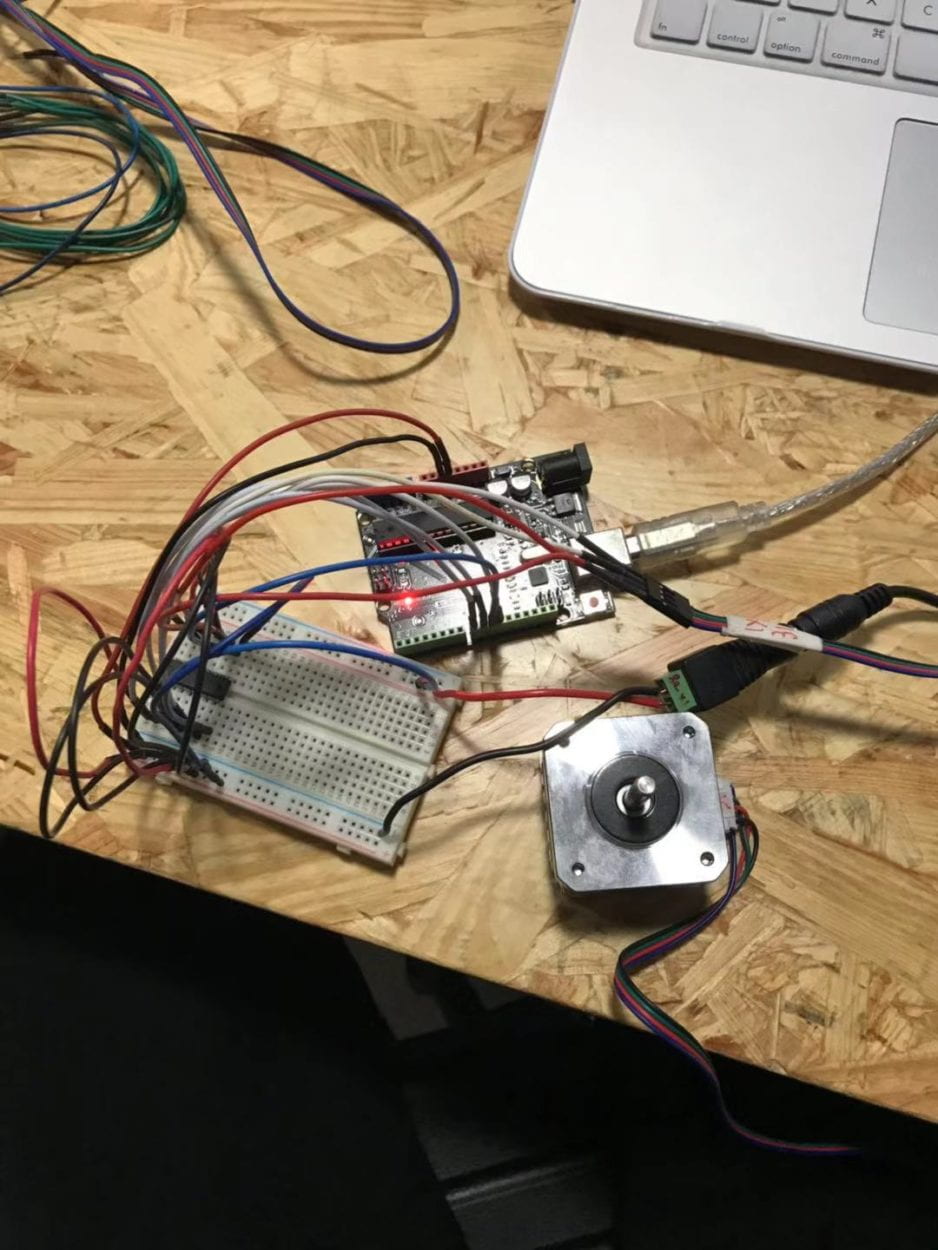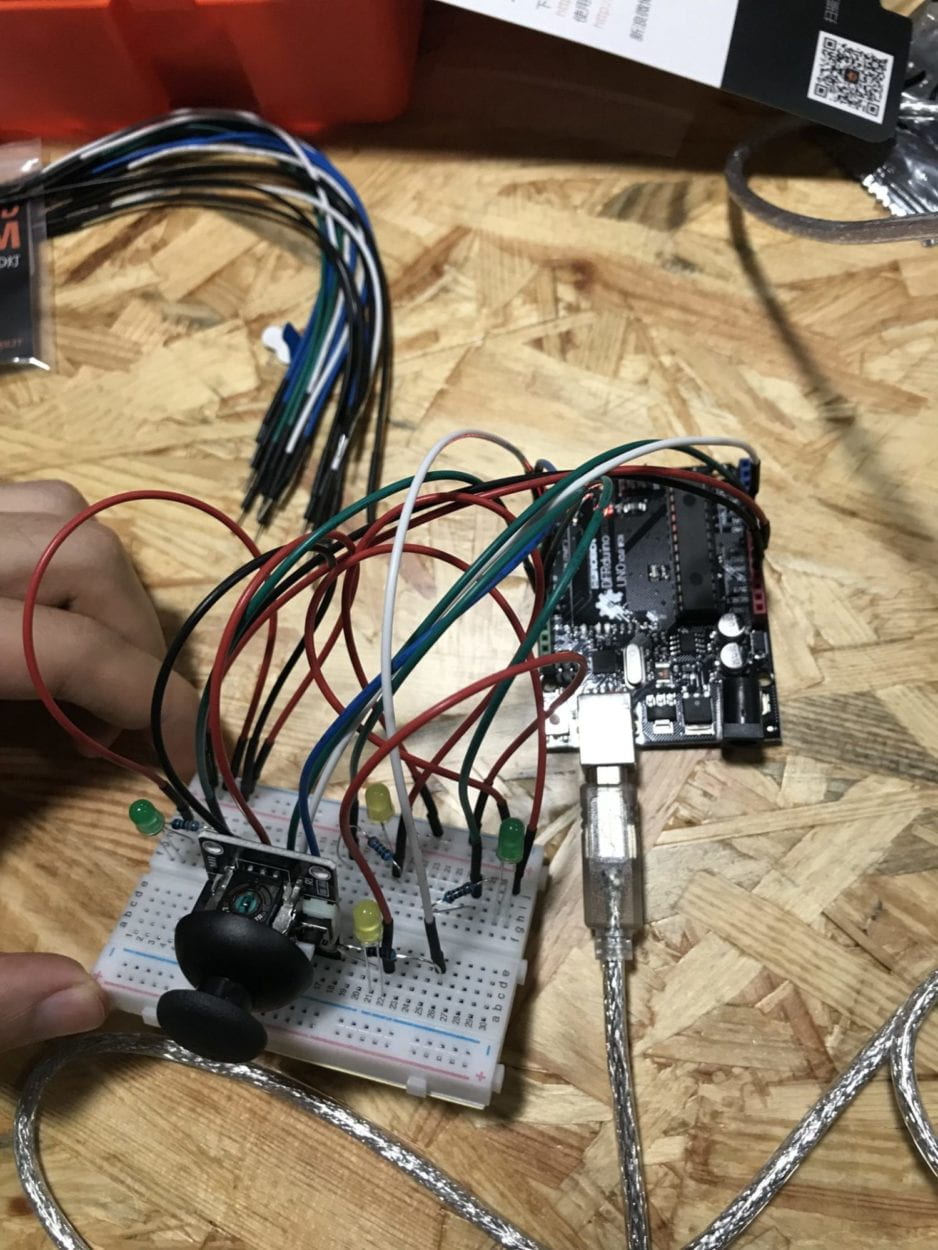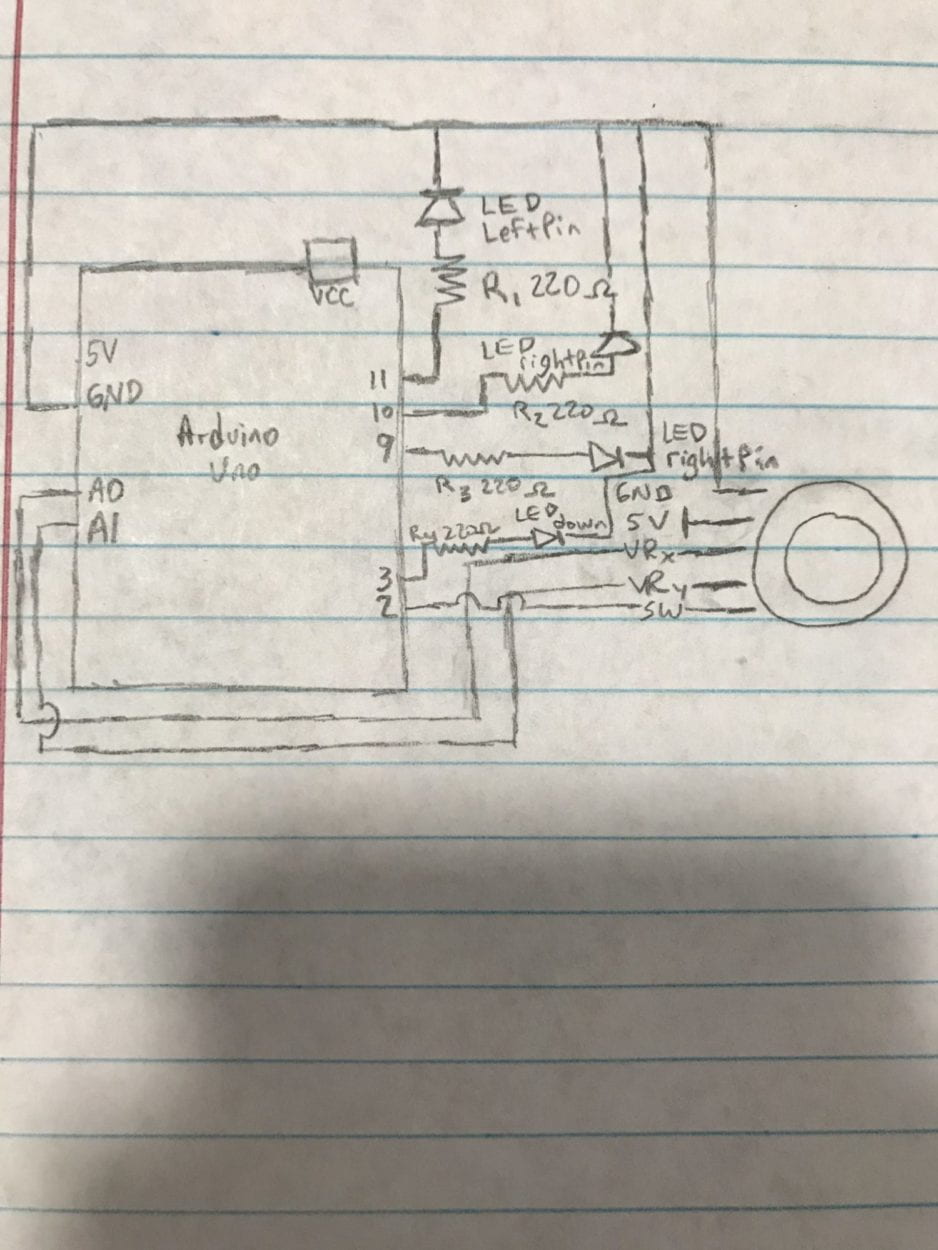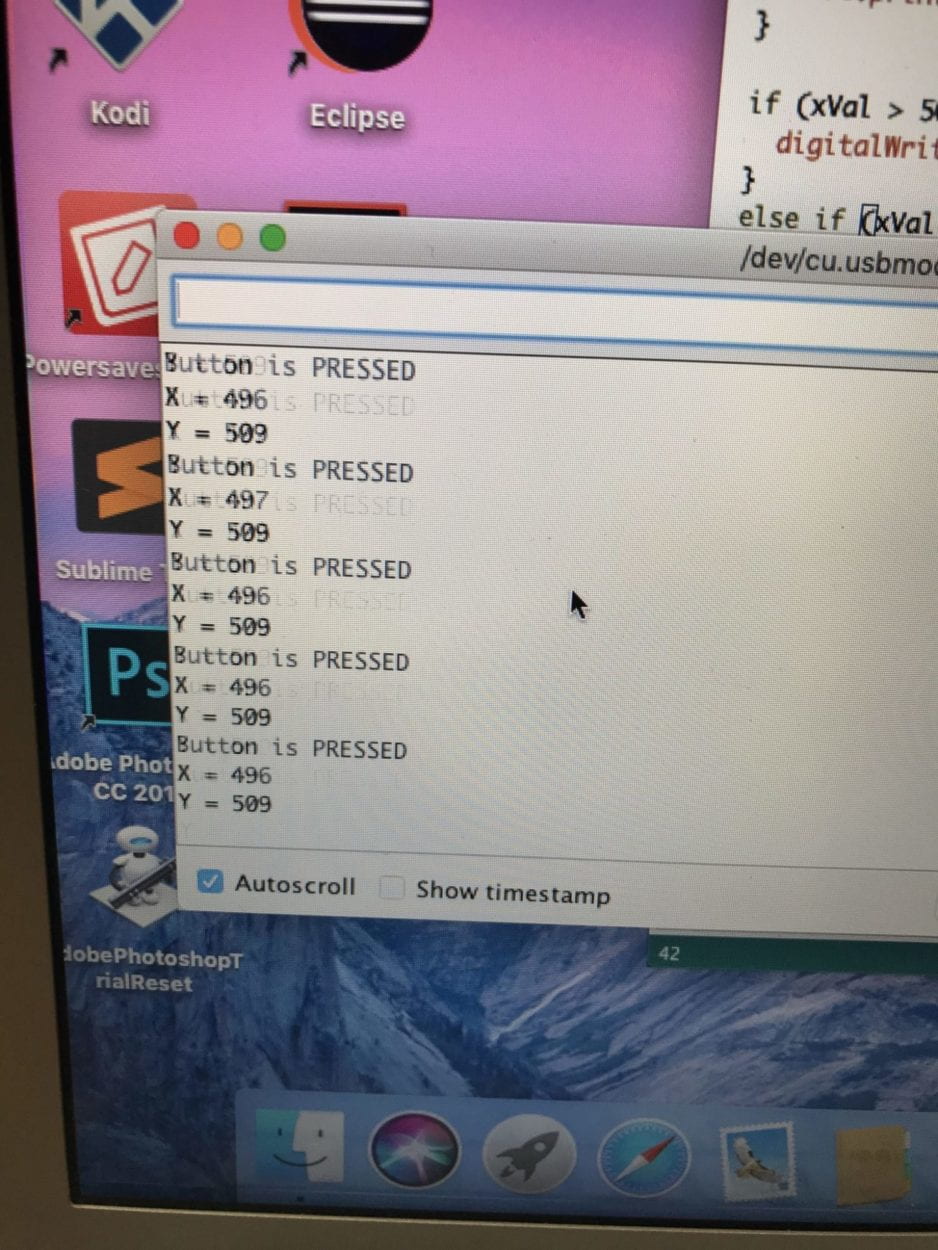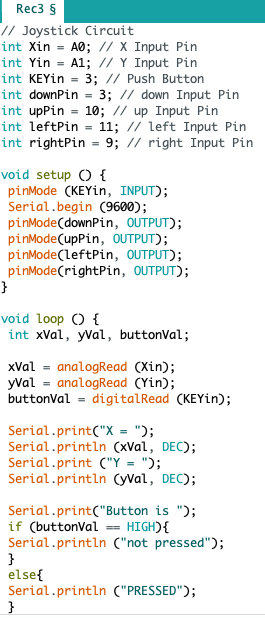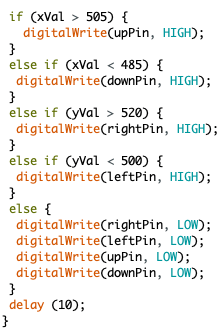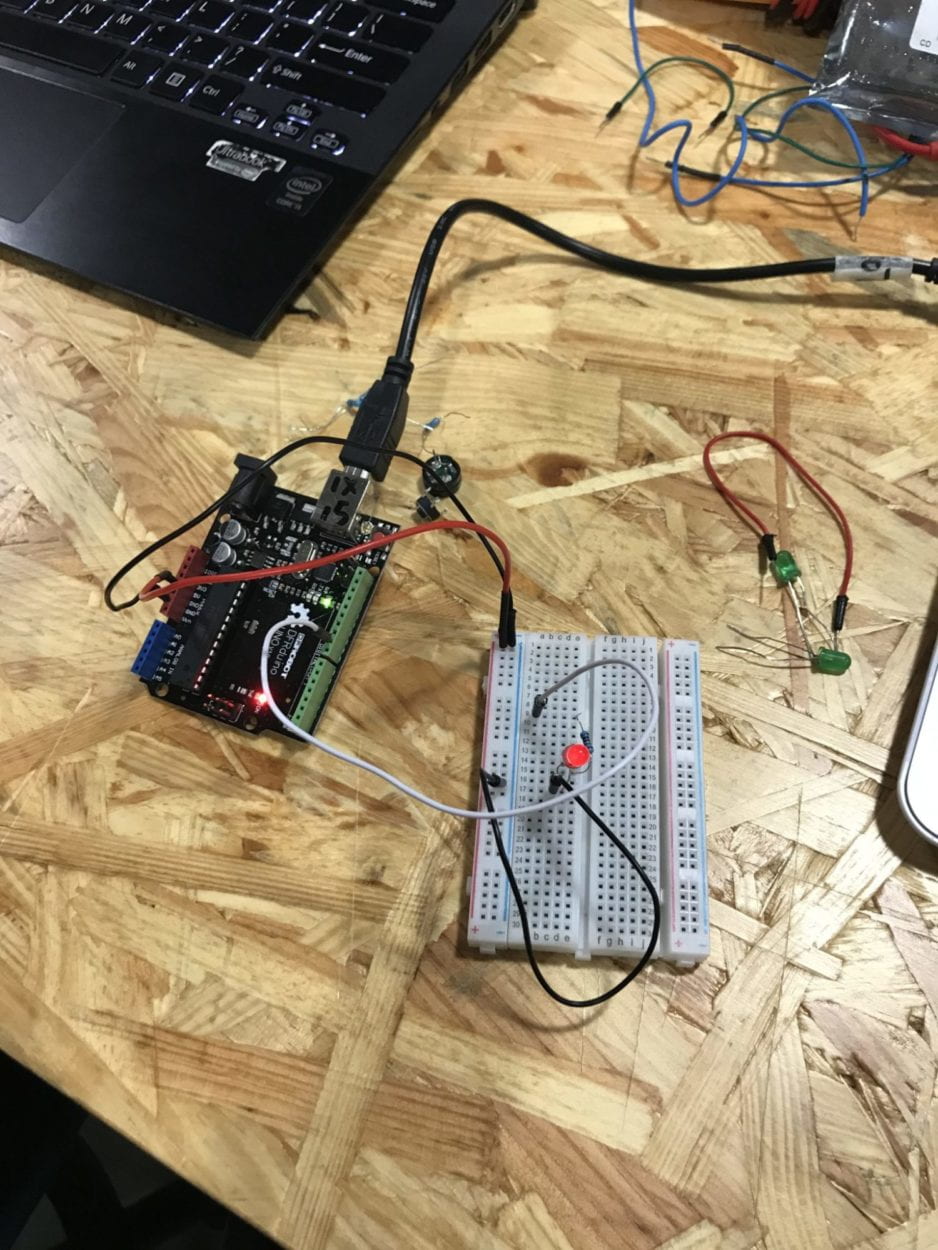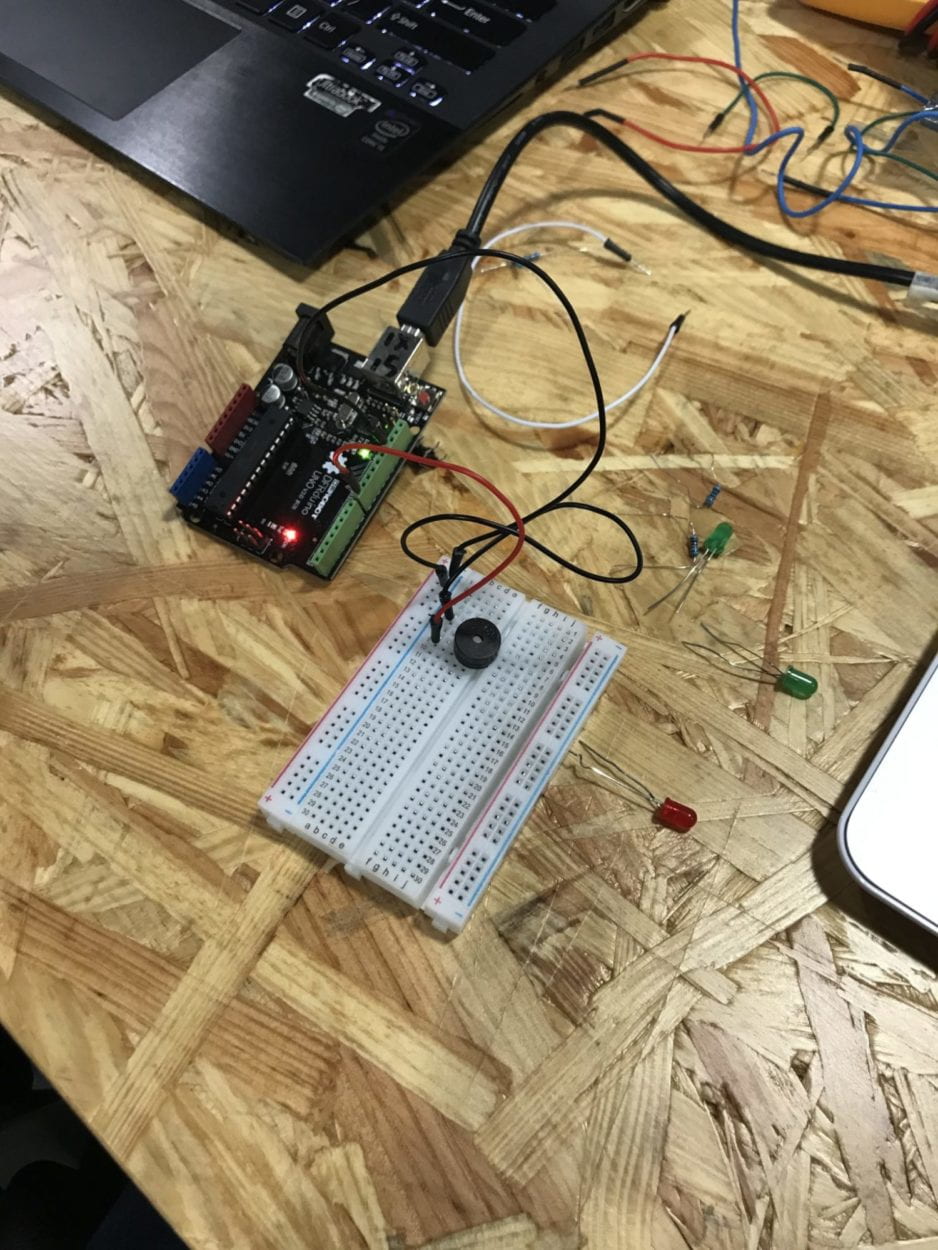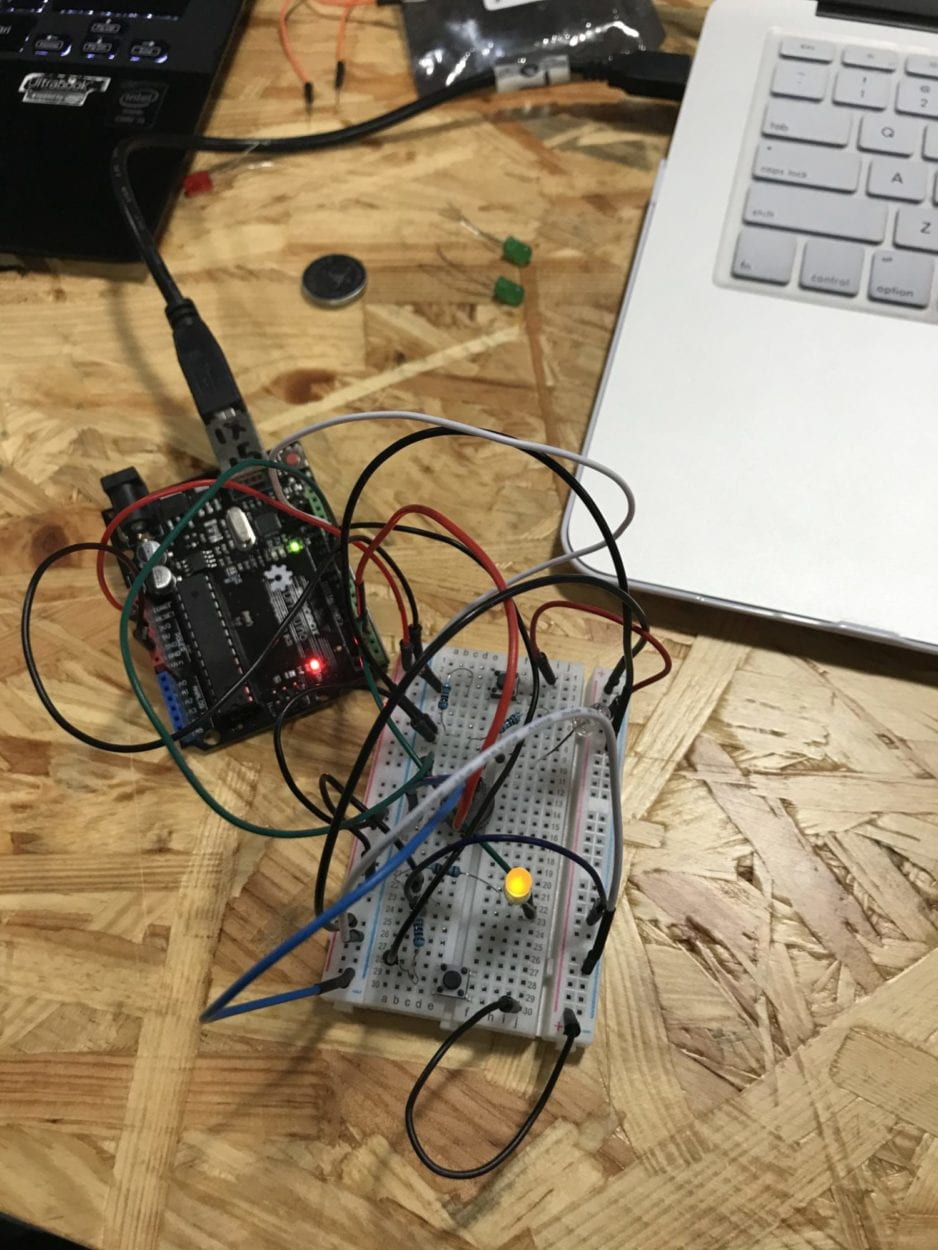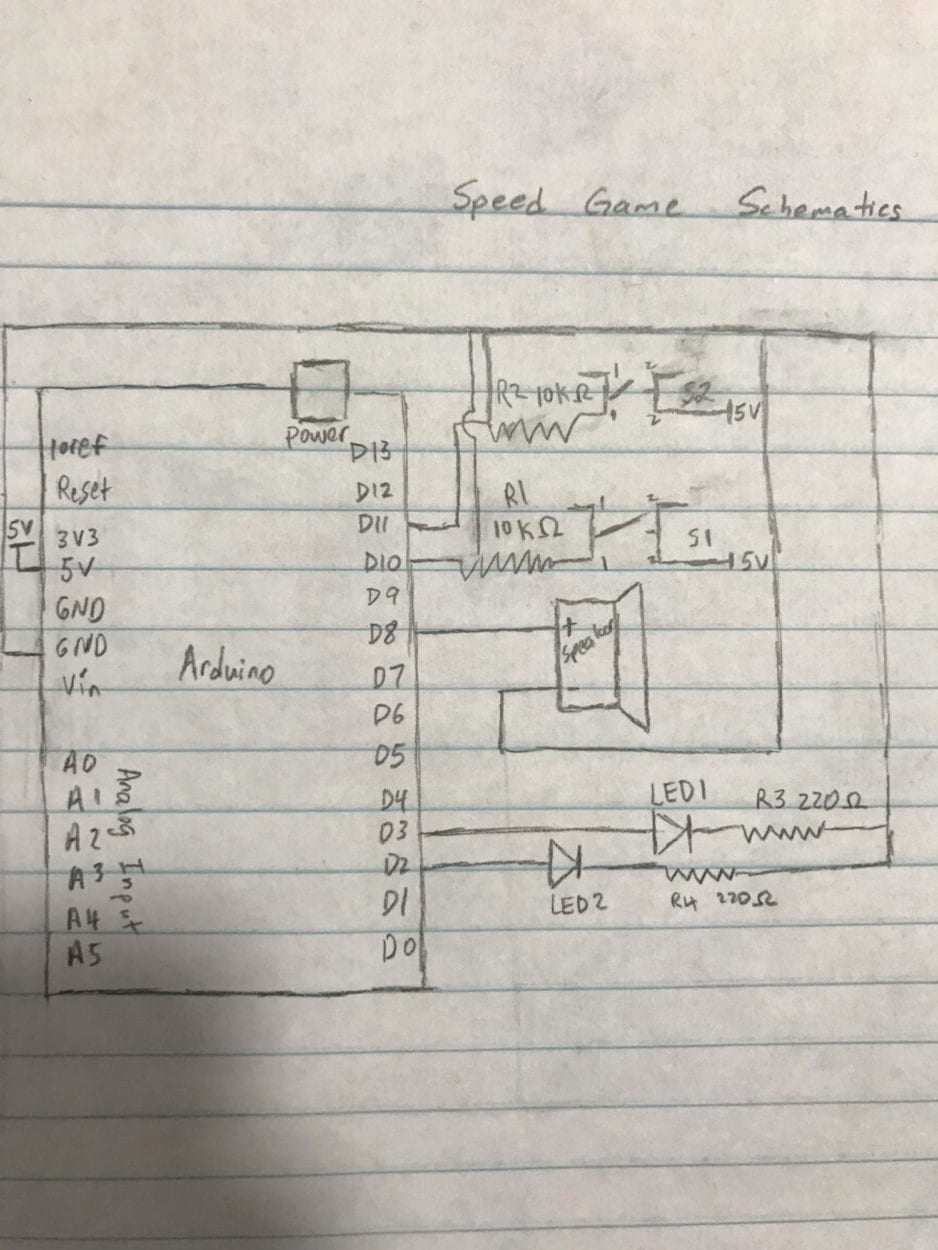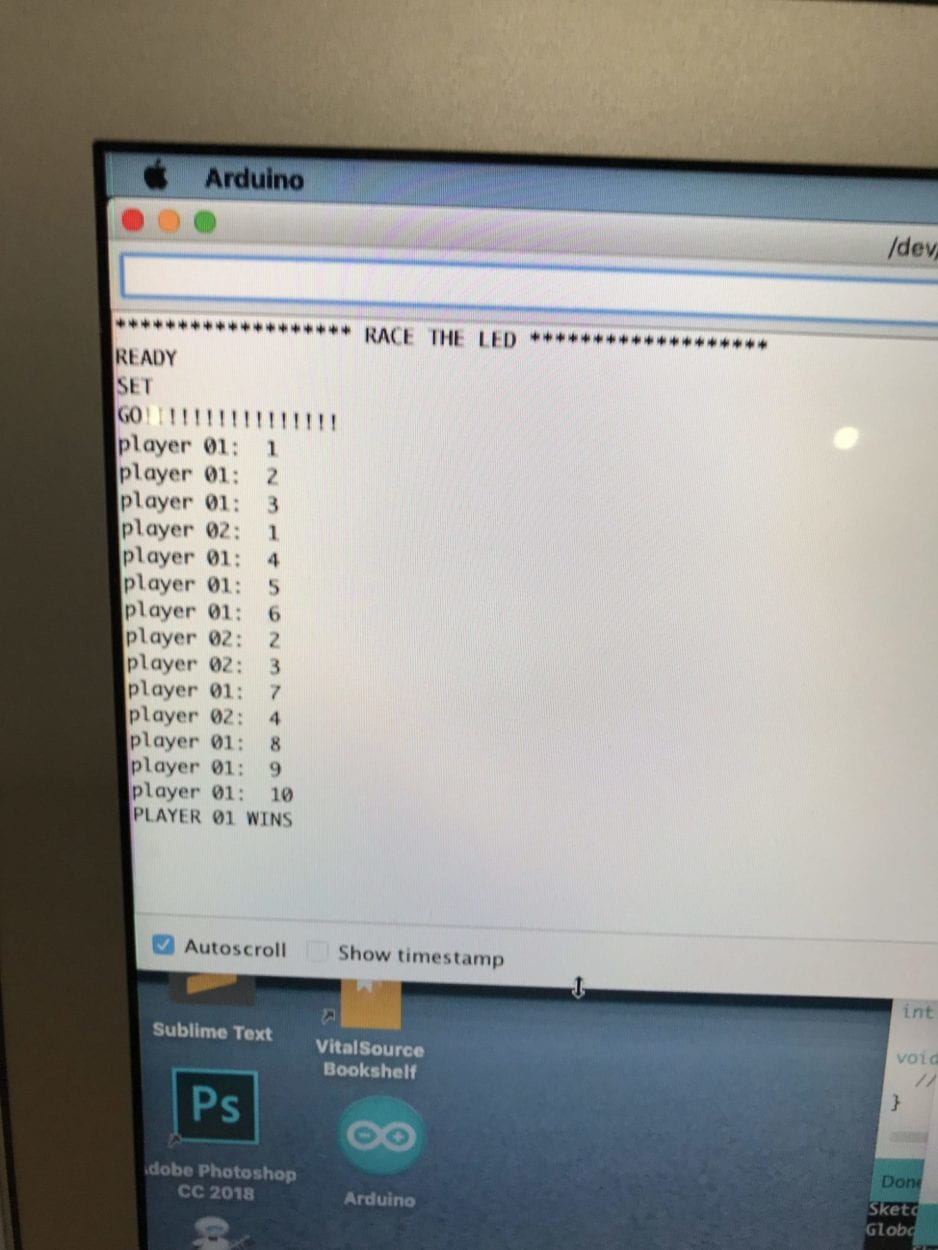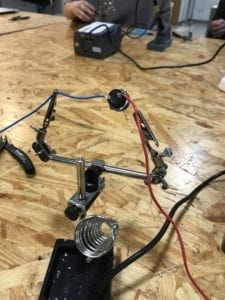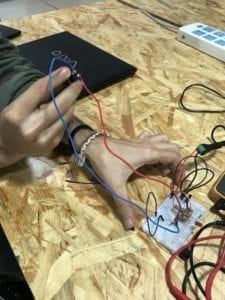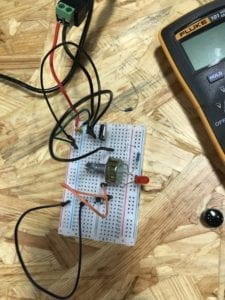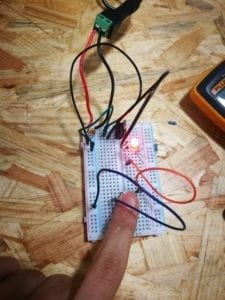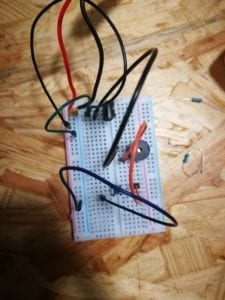Question 1: I am interested in building machines that are fun and engaging. Something I have in mind is a contraption that can throw paper airplanes. By adjusting the angle and having a sensor that can sense wind speed, I can write a program that uses all that information to throw a paper airplane. The throwing of the airplane will be done with an actuator/motor that can snap at an angle very fast (maybe a servo). I think this can be a fun machine and manipulates the art of throwing airplanes because people can compare their paper airplanes and see whose can fly the farthest without worrying about not being a good thrower themself. This eliminates the variable that is throwing ability and measures the airplane distances on airplane build alone.
Question 2: Daniel Rozin’s Mechanical Mirrors: Wooden Mirror, 1999-2008 is similar to the drawing machine I made this recitation because both creates work of art using machines, more specifically motors. In the same way the drawing machine reacts to where I turn the potentiometer, the Wooden Mirror reacts to the position of whatever is in front of it. I think the artist selected his actuators by thinking of what kind of motion he wants the wood blocks to move to “paint” the greyscale color he wants. This would require a motor that can turn in every direction so a servo wouldn’t work. But since the DC motors and steppers only rotate, I think the mirror might be made up of a combination of multiple actuators.

